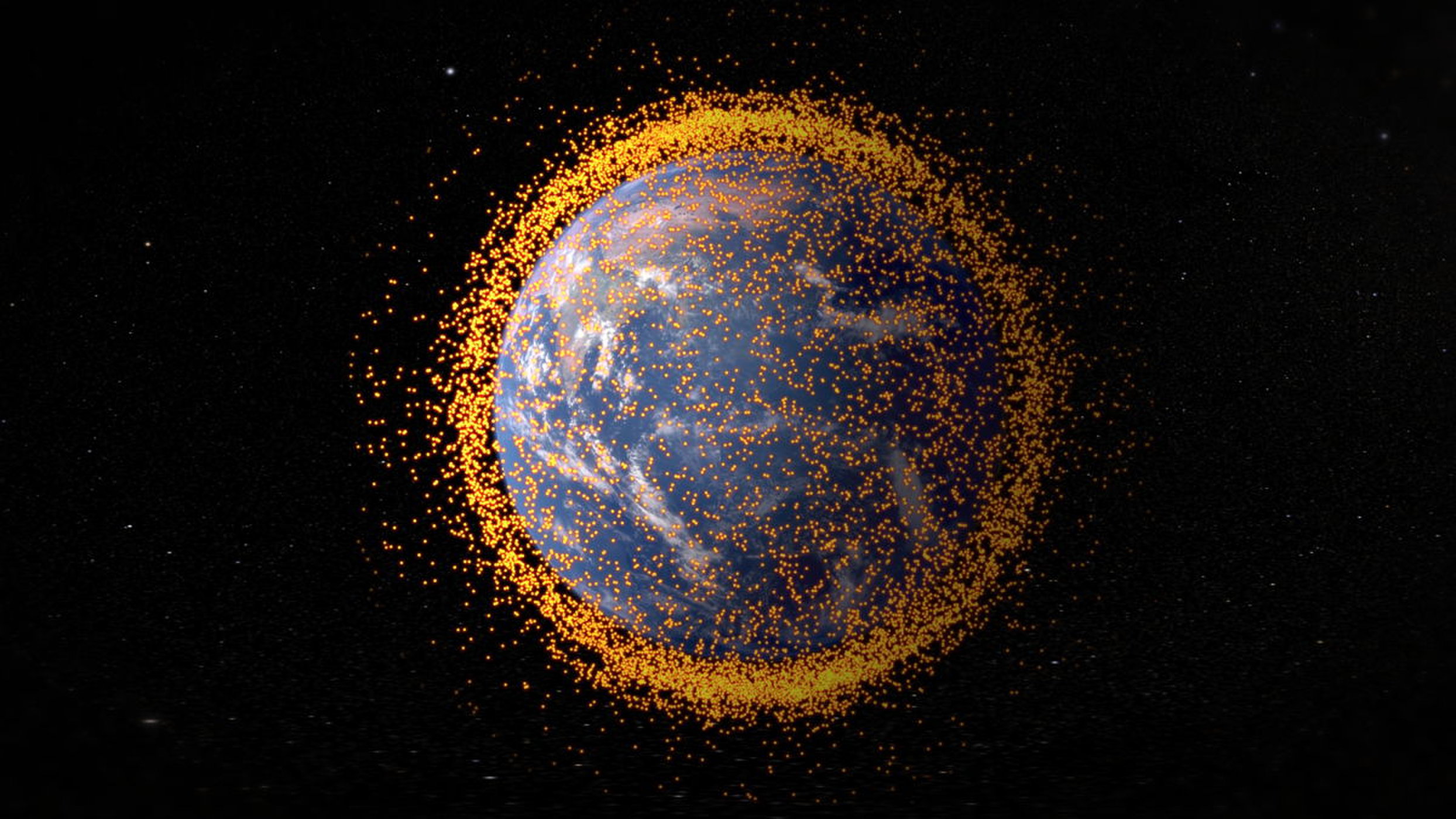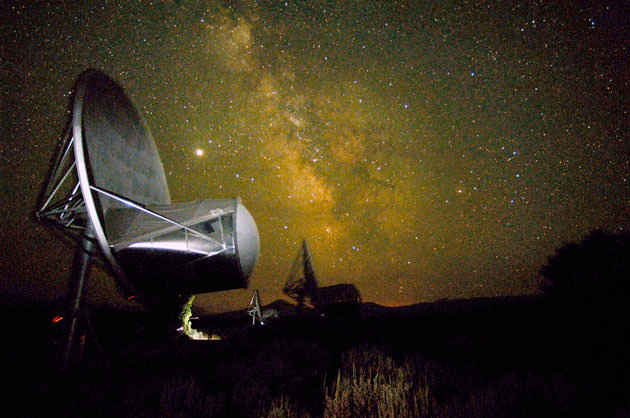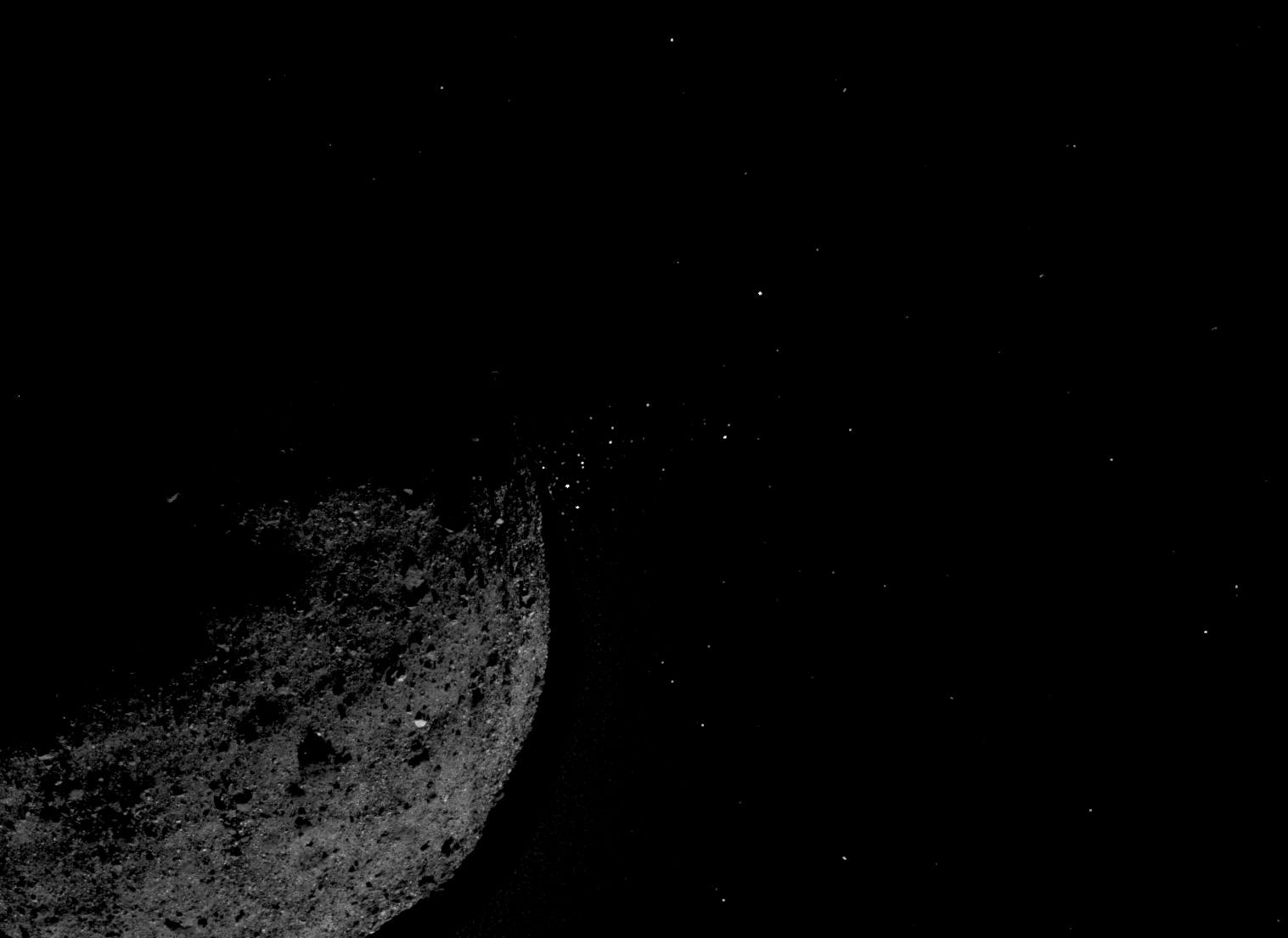For over fifty years, scientists have theorized that roughly 85% of matter in the Universe’s is made up of a mysterious, invisible mass. Since then, multiple observation campaigns have indirectly witnessed the effects that this “Dark Matter” has on the Universe. Unfortunately, all attempts to detect it so far have failed, leading scientists to propose some very interesting theories about its nature.
One such theory was offered by the late and great Stephen Hawking, who proposed that the majority of dark matter may actually be primordial black holes (PBH) smaller than a tenth of a millimeter in diameter. But after putting this theory through its most rigorous test to date, an international team of scientists led from the Kavli Institute for the Physics and Mathematics of the Universe (IPMU) has confirmed that it is not.
Continue reading “Now We Know That Dark Matter Isn’t Primordial Black Holes”








